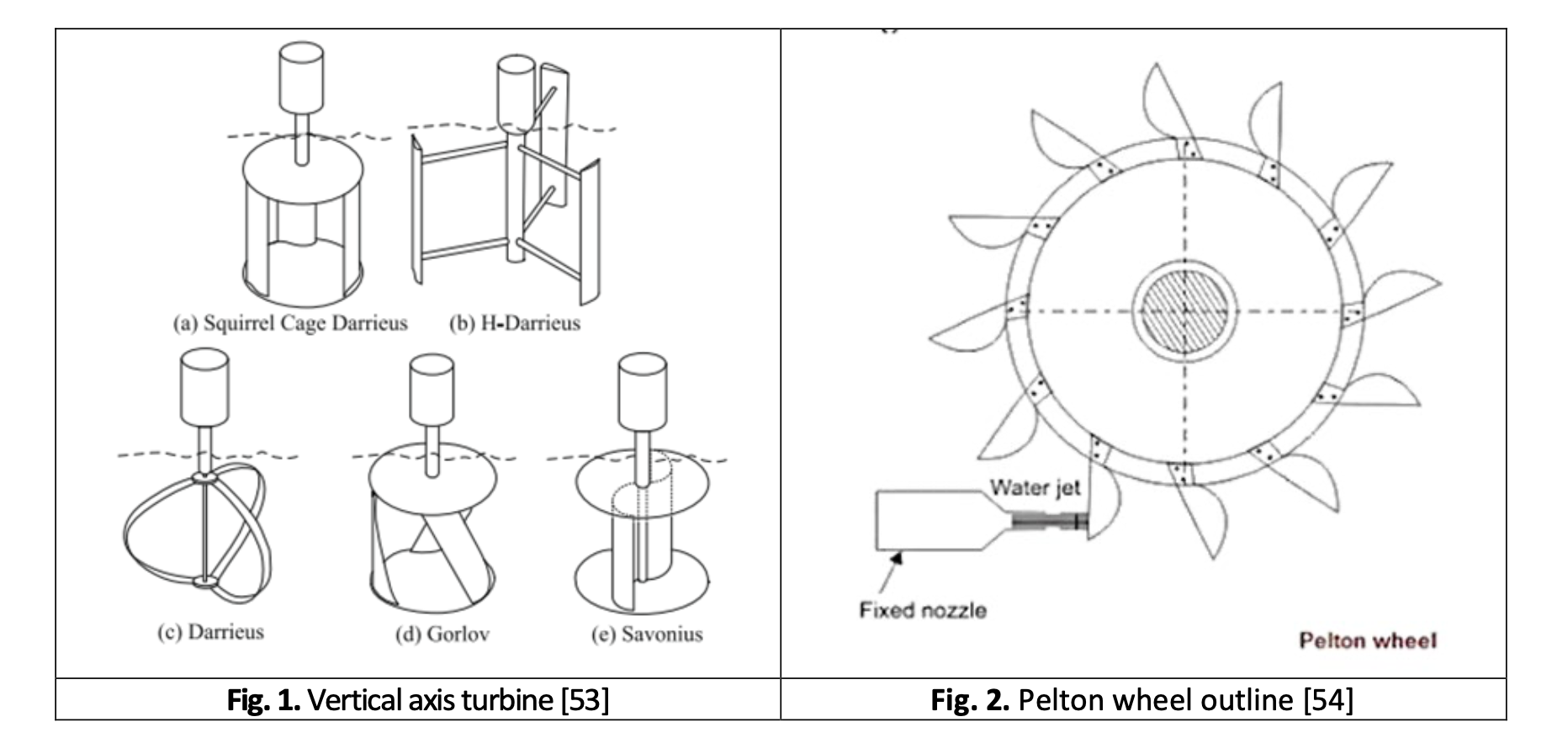Systematic Review of Computational Fluid Dynamics Modelling and Simulation Techniques Employed in Vertical Axis Hydrokinetic Turbines
DOI:
https://doi.org/10.37934/aram.117.1.5171Keywords:
Computational Fluid Dynamic, CFD, Vertical Axis Turbine, design, Hydrokinetic TurbineAbstract
At present, Computational Fluid Dynamics (CFD) is being utilized to explore tidal and hydrokinetic turbine systems, advancing comprehension of turbulent flow phenomena and raising the accuracy of performance predictions for these fluid-driven turbines. Consequently, this utilization of CFD contributes to the optimization of efficiency in these devices. Turbines are subject to variations from the best design point due to the influence of fluctuating flow rates, despite the findings of recent research that have identified the ideal design points. In contrast to conventional literature reviews, systematic analysis offers numerous advantages. The methodological strategy applied in this study entailed cross-referencing the findings obtained from Web of Science (WOS) and Scopus databases to establish the comprehensiveness as well as reliability of researcher data. Improving the review process, elevating the prominence of the field of study, and establishing critical priorities to mitigate research bias are all potential strategies for enhancing the quality of these evaluations. This research divides its findings into three core themes: (1) Performance assessment for practical implications, (2) Numerical analysis for theoretical insights, and (3) Design parameter optimization for engineering relevance. These themes collectively provide a well-rounded examination of the research outcomes across practical, theoretical, and engineering dimensions. Finally, the research findings have the potential to act as a significant point of reference for informing the best design considerations pertaining to vertical axis turbines.
Downloads


























